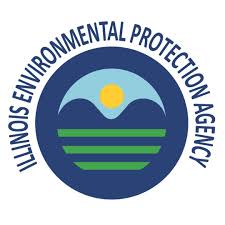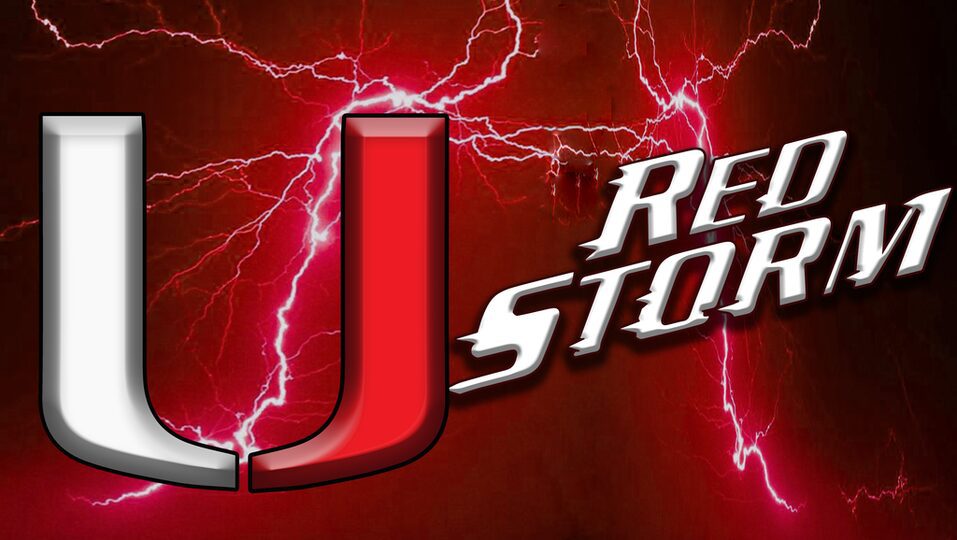As demand for water resources and concern for water conservation increase across the U.S, drip irrigation is becoming a popular method to reduce water bills and safeguard water resources.
Drip irrigation is a method that enables water to gradually seep onto the soil surface or directly into the root zone through a system of pipes, valves, tubing, and emitters.
There are many reasons gardeners should incorporate drip irrigation into their landscapes and gardens.
- Overhead watering is prone to runoff before water penetrates the soil, especially on clay soils. Drip irrigation is highly efficient. 90 to 95 percent of the water applied infiltrates into the soil, while the opposite is true for overhead watering on hot, windy days.
- Due to their efficiency, drip systems use 30 to 50 percent less water than sprinkler irrigation.
- Applying water directly to the soil minimizes leaf wetness, reducing the risk of plant diseases.
- Drip irrigation provides moisture to desirable plants, while weeds struggle to get the moisture they need.
- Drip irrigation takes the guesswork out of watering. A timer can be set on a spigot to turn the system on and off and apply the exact amount of water needed, leaving you more time to enjoy your garden.
In the past, drip irrigation could be intimidating for homeowners, and early systems had their share of problems, ranging from clogged emitters to uneven distribution of water.
Today, the development of new materials has improved and simplified drip irrigation. There are nearly endless combinations of drip irrigation systems that can be set up for use in landscaping beds or the vegetable garden. Many local garden centers and online retailers sell customizable drip irrigation kits that can easily connect to an outdoor water spigot.
Drip irrigation systems run on very low water pressure; therefore, every system requires a pressure reducer. The typical water pressure found at the spigot is around 30 psi. If a drip irrigation system is run from a water source without a pressure reducer, emitters can be damaged, and a drip system’s lifespan may be shortened.
Most drip irrigation kits come with a backflow preventer that stops water from flowing backward into a home’s drinking water system. While many modern outdoor faucets have built-in check valves to prevent backflow, it remains wise to install the included backflow preventer.
Drip can be as simple or complex as the gardener desires, and there are many different types of drip irrigation emitters.
- Drip tape is often used in row crops and vegetable gardens.
- Single-mounted drip devices called emitters are typically used to irrigate trees, shrubs, containers, and hanging baskets. Emitters are ‘plugged’ into a flexible polyethylene pipe and run to wherever water is required.
- Drip tubing is typically used in landscape beds.
Good Growing Tip of the Week: Sediment can clog drip emitters. Using a filter helps reduce sediment buildup and is often included with most kits.
***Courtesy of the University of Illinois Extension***
















